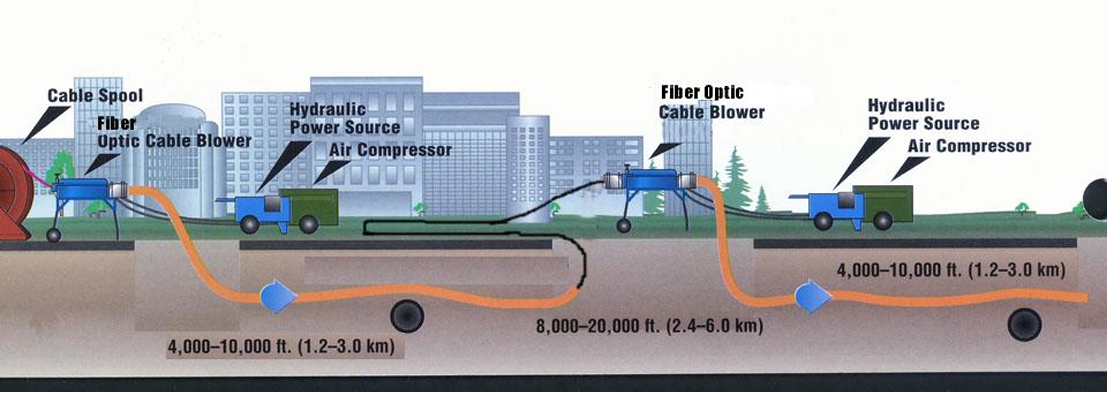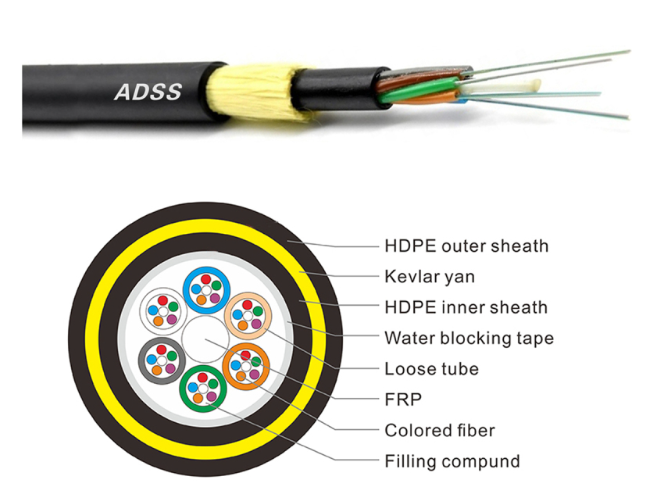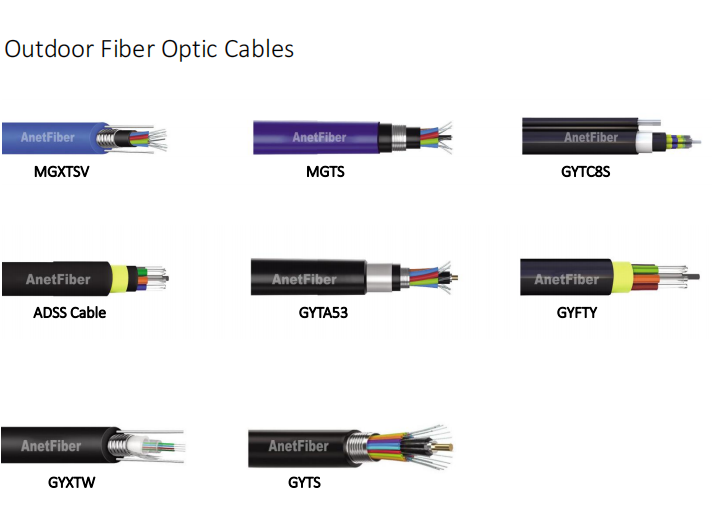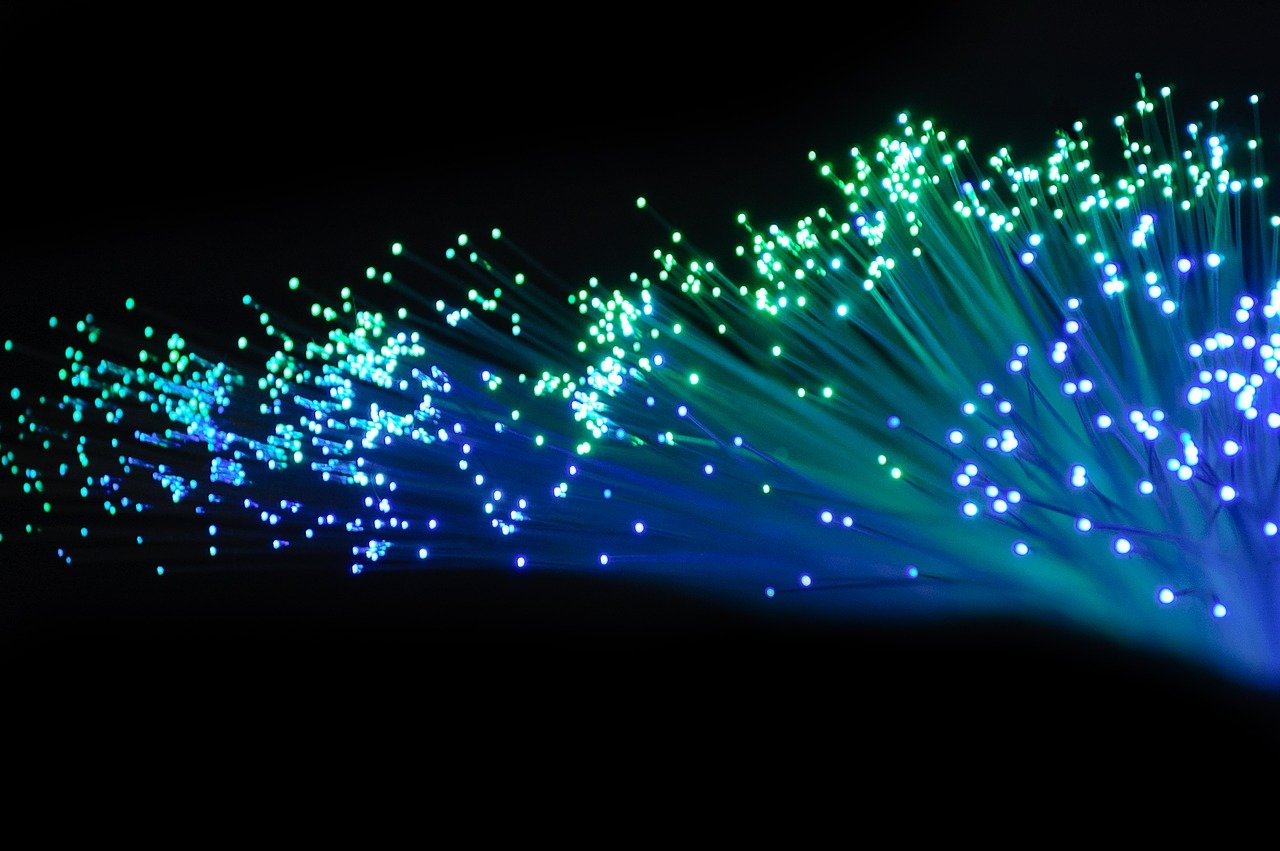The Role of Fiber Optic Cables in Underground Installations

Advantages and Types of Fiber Optic Cables in Underground Installations
Fiber optic cables offer several advantages when it comes to underground installations. One key benefit is their high bandwidth capability, which allows for faster data transmission compared to traditional copper cables. This makes them ideal for supporting high-demand applications and ensuring efficient communication networks. Additionally, fiber optic cables are immune to electromagnetic interference, providing reliable data transmission even in environments with high levels of electrical noise. Another advantage is their durability, as they are resistant to moisture, chemicals, and physical damage. In underground installations where protection from external elements is crucial, fiber optic cables prove to be a reliable choice.
When it comes to types of fiber optic cables used in underground installations, two common options are ADSS (All-Dielectric Self-Supporting) cables and cabel fiber cables. These cables are specifically designed for underground applications and offer unique features suited for different installation requirements.

Installation Process of Fiber Optic Cables Underground
Installing fiber optic cables underground requires careful planning and execution to ensure a successful and reliable network. The installation process involves two main stages: preparation and planning, followed by trenching and ducting.
Preparation and Planning
Before beginning the installation, a site survey is conducted to assess the specific requirements of the project. This includes evaluating factors such as terrain, existing infrastructure, and potential obstacles. By understanding these elements, engineers can determine the most suitable route for cable placement.
Another crucial aspect of preparation is determining the depth at which the fiber optic cables will be buried. This depth is determined based on factors like soil conditions, environmental considerations, and regulations. Proper depth ensures protection against accidental damage or disruption caused by external factors.
Trenching and Ducting
Once the planning stage is complete, the next step is trenching. Excavating a trench along the predetermined route allows for cable placement underground. The width and depth of the trench depend on various factors such as cable type, soil conditions, and local regulations.
To protect the fiber optic cables from potential damage due to external factors like moisture or physical stress, ducts are installed during this stage. These ducts act as conduits that house the cables securely within them. They provide an additional layer of protection while allowing for easy maintenance or future upgrades if necessary.
Proper trenching and ducting are essential for ensuring long-term reliability of underground fiber optic installations. Careful attention to detail during these stages helps create a robust network that can withstand environmental challenges while delivering high-speed data transmission capabilities.

Advantages of Fiber Optic Cables in Underground Installations
Fiber optic cables offer several advantages that make them the preferred choice for underground installations. Two key advantages are their high bandwidth capability and immunity to electromagnetic interference.
High Bandwidth
Compared to traditional copper cables, fiber optic cables provide significantly higher bandwidth. This means they can transmit larger amounts of data at faster speeds, enabling efficient communication and supporting high-demand applications. Whether it's streaming high-definition videos, transferring large files, or facilitating real-time data exchange, fiber optic cables deliver the necessary bandwidth to meet these demands. With the increasing reliance on data-intensive technologies, such as cloud computing and IoT devices, the high bandwidth of fiber optic cables ensures smooth and uninterrupted connectivity.
Immunity to Electromagnetic Interference
One of the major challenges faced by underground installations is electromagnetic interference (EMI). EMI can disrupt signal transmission and cause data loss or degradation. However, fiber optic cables are immune to EMI due to their unique design. Unlike copper cables that rely on electrical signals, fiber optic cables use light signals for data transmission. This optical nature makes them impervious to electromagnetic fields and external interferences. As a result, fiber optic cables provide reliable and stable data transmission even in environments with high levels of electrical noise or interference.
The combination of high bandwidth and immunity to electromagnetic interference makes fiber optic cables an ideal choice for underground installations where reliability and performance are crucial. By harnessing these advantages, organizations can build robust communication networks capable of meeting the growing demands of modern technology-driven applications.
Types of Fiber Optic Cables for Underground Installations
When it comes to underground installations, different types of fiber optic cables are available, each designed to meet specific requirements. Two commonly used types are ADSS (All-Dielectric Self-Supporting) cables and Cabel fiber cables.
ADSS Cables
ADSS cables are versatile and widely used in both aerial and underground installations. These cables are lightweight and easy to install, making them a popular choice for various applications. ADSS cables are designed to be self-supporting, meaning they do not require additional support structures like messenger wires or steel towers. This makes them suitable for long-distance communication where overhead lines may not be feasible or practical. ADSS cables offer excellent tensile strength and can withstand environmental factors such as wind, ice, and temperature variations.
Cabel Fiber Cables
Cabel fiber cables are specifically designed for underground installations. They provide high tensile strength and durability, ensuring reliable performance in harsh environments. These cables are resistant to moisture, chemicals, and physical damage, making them ideal for protecting the delicate fiber optic strands within. The robust construction of cabel fiber cables allows them to withstand the rigors of being buried underground while maintaining signal integrity. They are often used in applications where direct burial is required or where protection against external elements is crucial.
Choosing the right type of fiber optic cable depends on factors such as installation requirements, environmental conditions, and project specifications. Whether it's the versatility of ADSS cables or the durability of cabel fiber cables, selecting the appropriate type ensures optimal performance and longevity for underground installations.

Conclusion: Harnessing the Power of Fiber Optic Cables Underground
In conclusion, fiber optic cables play a crucial role in underground installations, offering numerous advantages that make them the preferred choice for telecommunications networks. With their high bandwidth capability, fiber optic cables enable faster data transmission and support high-demand applications. Additionally, their immunity to electromagnetic interference ensures reliable data transmission even in environments prone to electrical noise. The installation process involves careful planning, trenching, and ducting to create a robust network infrastructure. Different types of fiber optic cables, such as ADSS and cabel fiber cables, are suitable for underground applications due to their unique features and durability. By harnessing the power of fiber optic cables underground, organizations can build efficient and reliable communication networks that meet the demands of today's technology-driven world.
See Also
Unleashing the Potential of FastConnect: Features and Advantages
Discovering the Advantages of IP67 Waterproof FTTX Solutions
Revealing FastConnect: Cloud-based Features and Benefits
Delving into the Advantages of Field Assembly Connectors
Robust and Dependable 2 in 1 Harden Optical Connector Cable Assemblies


